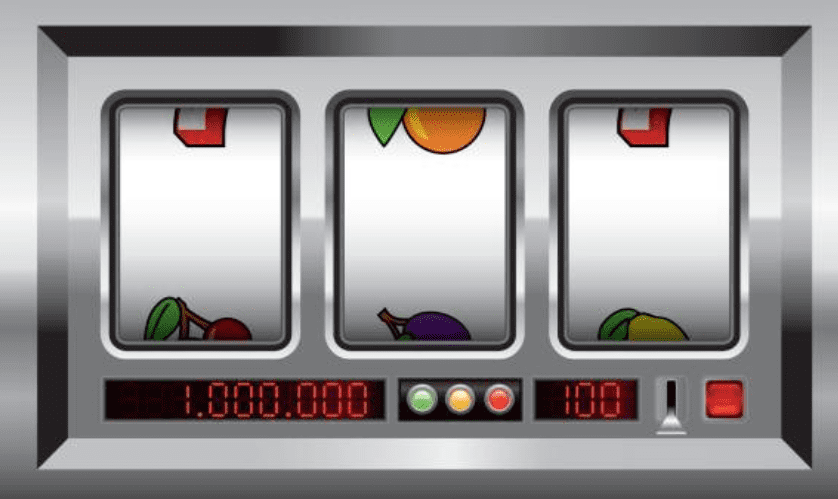Because of this, slots is not necessary. However, the slots keyword still affects the way that an object's QMetaObject is built. Moc (aka, the 'meta-object compiler') won't recognize a method as a slot unless it is within the slots: section of a class definition. So, although the connection will still work, the method will not show up in. An expansion slot refers to any of the slots on a motherboard that can hold an expansion card to expand the computer's functionality, like a video card, network card, or sound card. The expansion card is plugged directly into the expansion port so that the motherboard has direct access to the hardware. A narrow opening; a groove or slit: a slot for coins in a vending machine; a mail slot. A gap between a main and auxiliary airfoil to provide space for airflow and facilitate the smooth passage of air over the wing. An assigned place in a sequence or schedule: a new time slot for a TV program. When using Hole Callout to dimension a slot in SOLIDWORKS 2009 or later, this is the type of dimension that is inserted. Method (b) The third method (c) provides the width and overall length of the slot in linear dimensions. This method is preferred if the slot has positional tolerances that use the boundary method (see ASME Y14.5M-1994 figure. An expansion card can be plugged into a slot with a higher number but not with a lower number. For example, a x1 expansion card will fit with any slot (it will still run at its own speed, though, not the speed of the slot) but a x16 device will not physically fit into a x1, x2, x4, or x8 slot.
Slots Definition
A slot may refer to any of the following:
1. When referring to an SD or other memory cards, a slot is the hole the card is placed into. See our card reader term for further information.
2. A slot is an opening for a CD-ROM, DVD, and other disc drive that does not use a tray. See our slot load disc drive definition for further information.

3. A slot is a computer processor connection designed to make upgrading the processor easier, where the user would only have to slide a processor into a slot. The original slot, or Slot 1 (pictured below), was first released by the Intel Corporation in 1997 as a successor to the Socket 8. Later, AMD released another slot processor known as the Slot A in 1999. Both slots look similar but are not compatible. Later, Intel released the Slot 2, which was a bigger slot used with the later versions of the Pentium II processors. Today, slot processors are no longer found in new computers and are replaced by sockets.
Slots Defined As Synonym
Related pages

4. A slot is another name for an expansion slot such as an ISA, PCI, AGP slot, or memory slots. See the motherboard definition for a visual example of all of these slots.
Bank, CPU terms, Memory terms, Motherboard terms
A memory slot, memory socket, or RAM slot allows RAM (computer memory) to be inserted into the computer. Most motherboards have two to four memory slots, which determine the type of RAM used with the computer. The most common RAM types are SDRAM and DDR for desktop computers and SODIMM for laptop computers, each having various types and speeds. The picture below is an example of what memory slots may look like inside a desktop computer. In this picture, there are three open and available slots for three memory sticks.
When buying a new computer or motherboard, pay close attention to the types of RAM the memory slots can accept. Make sure you know exactly the type of RAM to buy for your computer. It is also important to note how many available memory slots are available in your computer. It is not uncommon for computers to have all memory slots occupied. If all slots are full and you want to upgrade the computer memory, you need to remove some or all of the existing memory.
Why are the memory slots different colors?
Free Slot Games
When a motherboard has different colored memory slots, it indicates the memory slots are dual-channel, and pairs of memory should be installed on the same channel (color). For example, a motherboard could have two yellow and two black memory slots. The yellow memory slots could indicate Channel A and Channel B could be indicated by the black slots. If you were only installing two memory sticks, you'd want to install both of them in Channel A (yellow slots) for optimal performance.
Related pages
Definition Slot Machine
Memory module, Memory terms